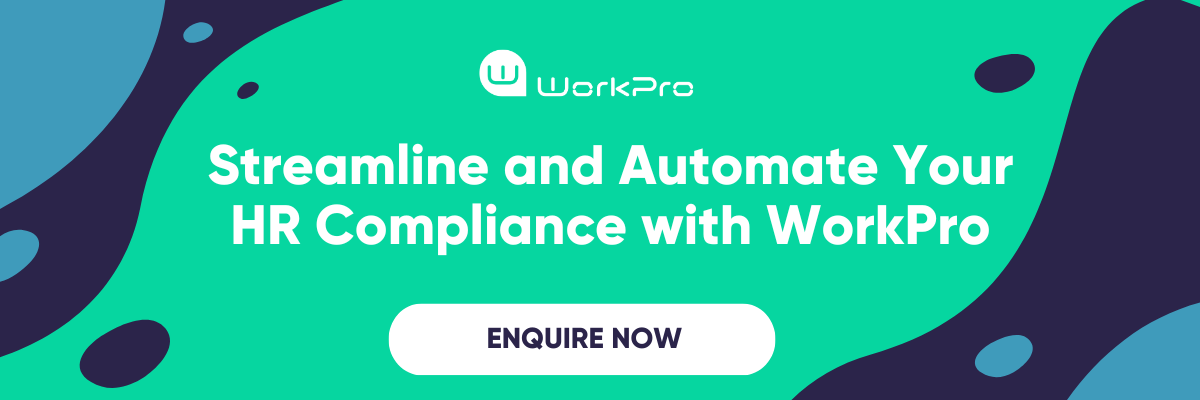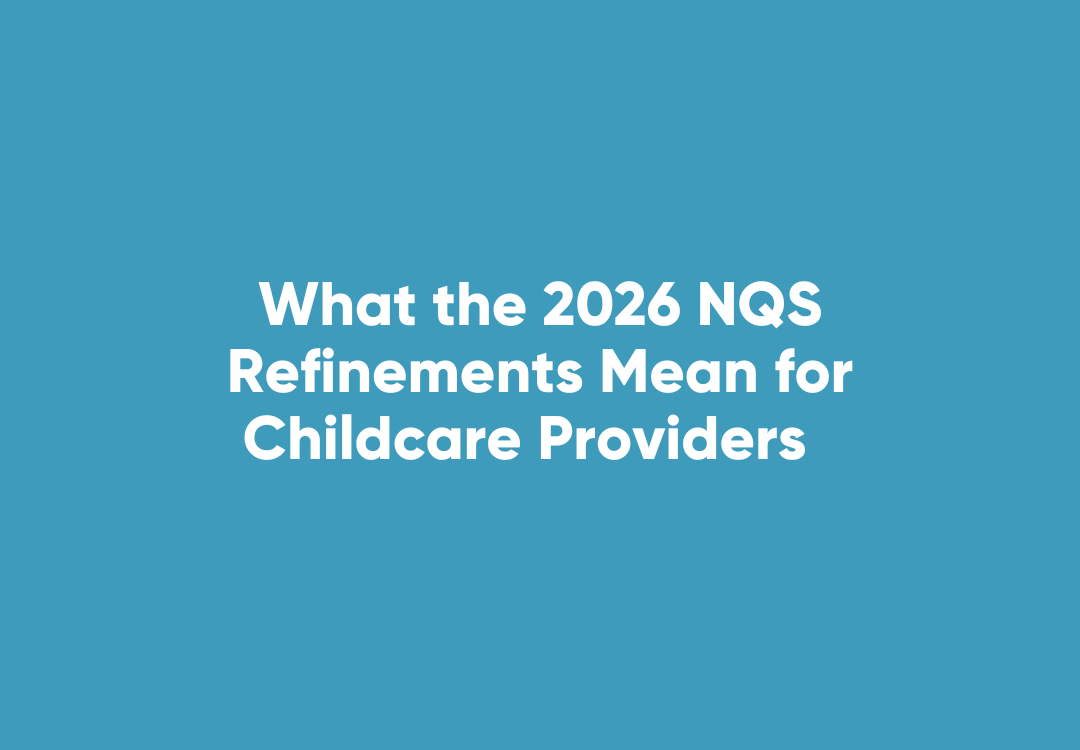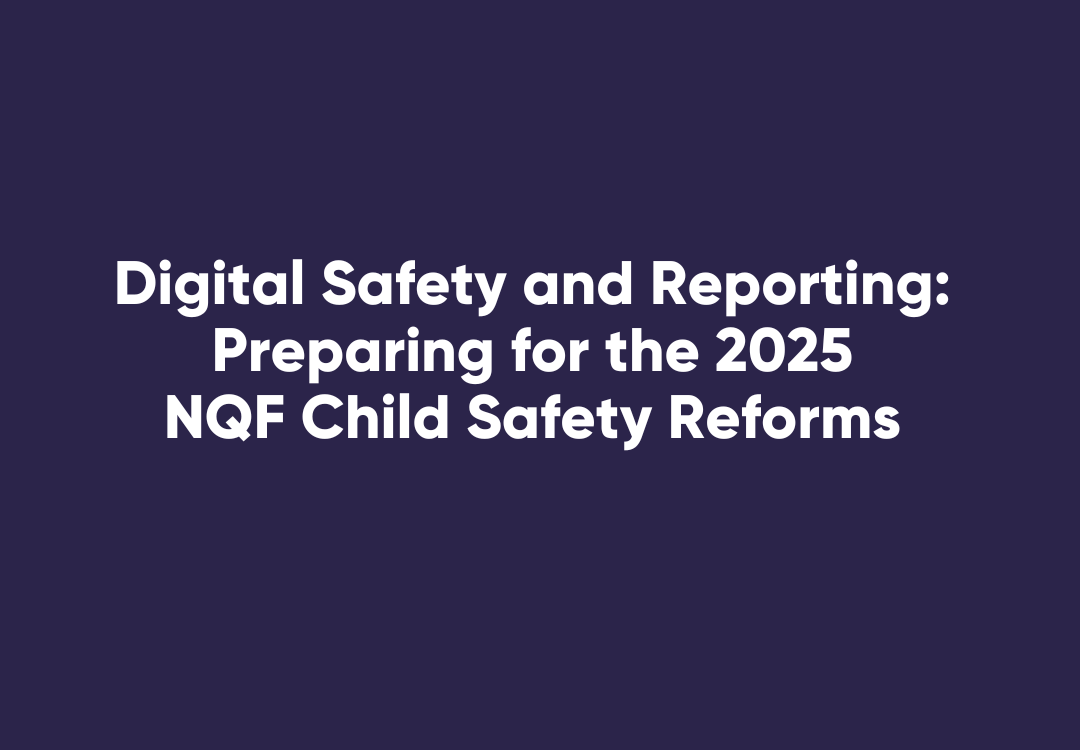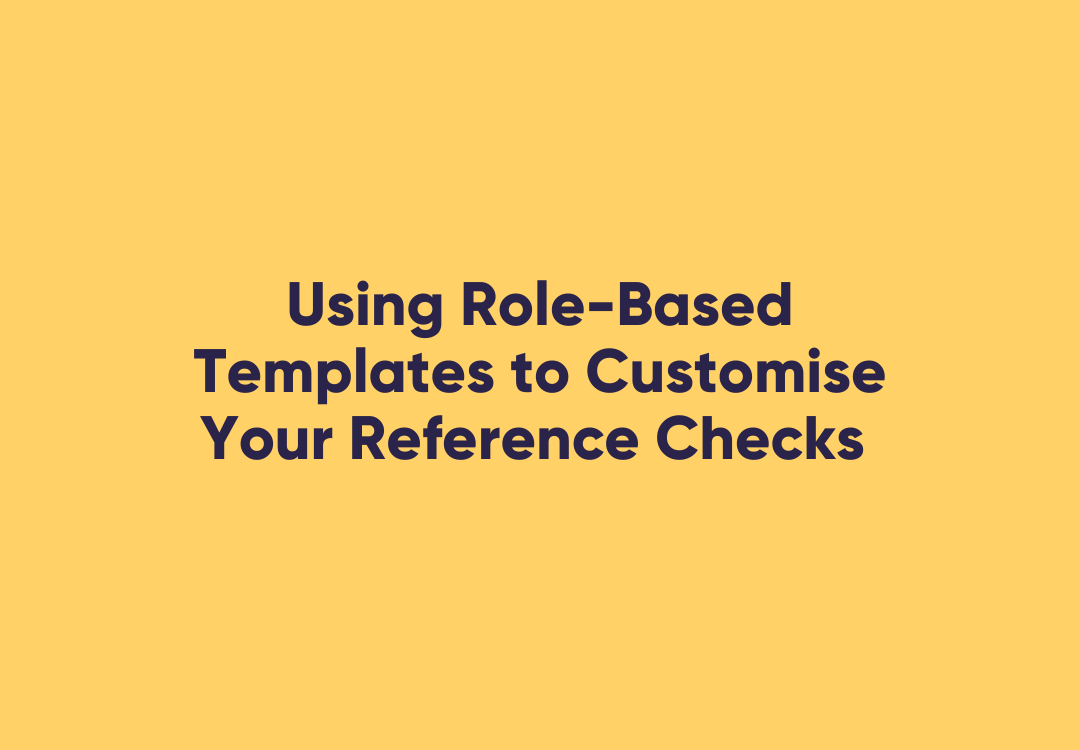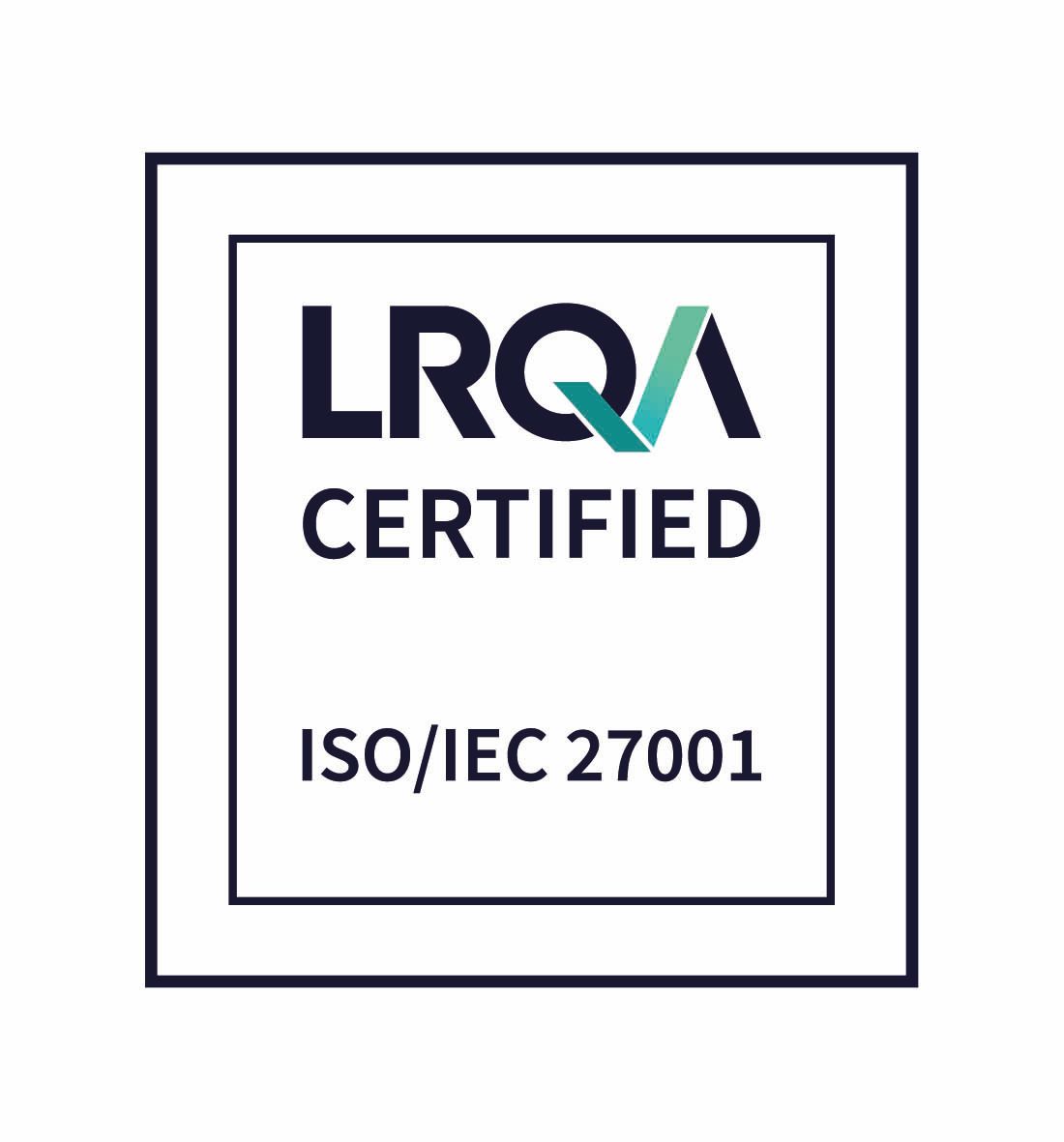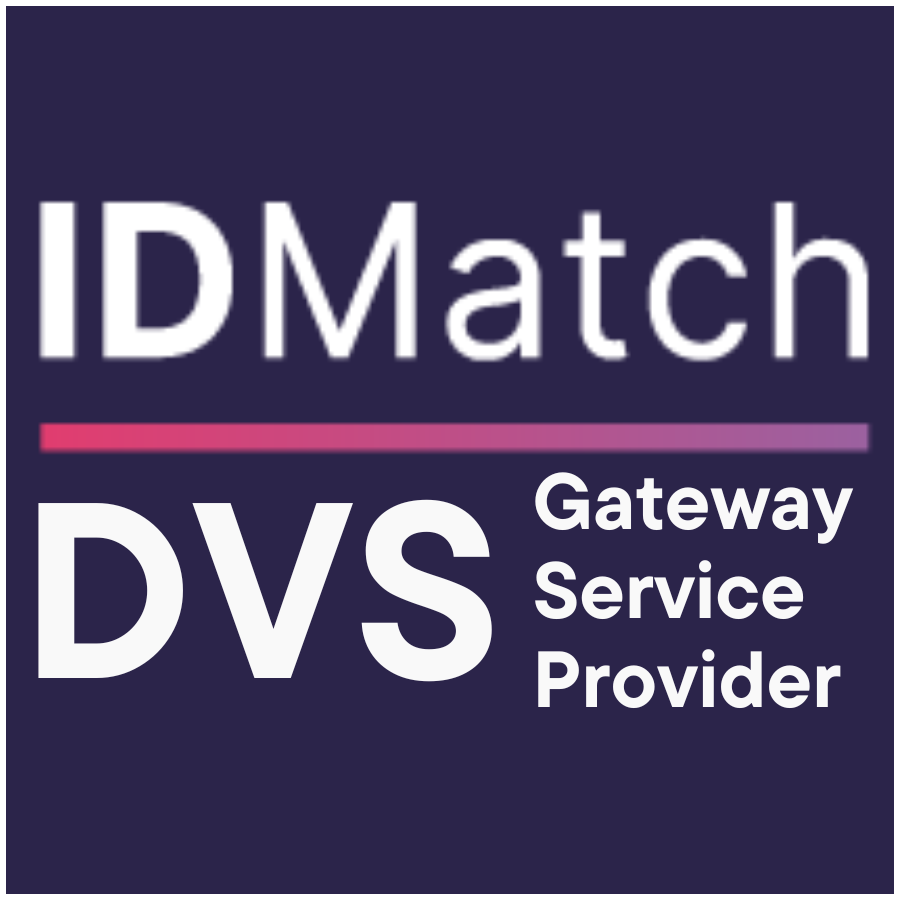Driver Licence Checks in Recruitment: What HR Needs to Know
Driver Licence Checks in Recruitment: What HR Needs to Know
Australian workplaces are increasingly mobile, with a growing number of staff driving as part of their daily duties. From logistics to community services, transport, utilities, and field sales, ensuring every employee or contractor holds a valid driver licence is a legal and operational necessity. Yet, many HR teams still rely on static document uploads, which can leave organisations exposed to risk.
Relying on a photocopy of a driver’s licence in an employee file is not enough. This blog explores why robust driver licence checks are essential, what to demand from a licence check provider, and how to manage checks at scale - protecting your business, workforce, and clients.
Why Uploaded Licence Copies Are No Longer Enough
It’s common for candidates to upload a scanned or photographed copy of their licence during onboarding. However, this approach can easily miss key risks:
- Expired or Suspended Licences: An uploaded copy may have been valid at the time of submission but can quickly become outdated.
- Fraudulent Documents: Modern editing tools make it easy to falsify licence images, which can be hard to spot with the naked eye.
- No Ongoing Monitoring: Once a copy is in the system, few HR teams recheck it unless the employee prompts them, which creates compliance gaps.
In high-mobility roles, such as delivery drivers, community carers, construction workers, or any position involving company vehicles, these gaps can lead to insurance breaches, regulatory fines, and serious reputational risk.
What HR Should Look for in a Driver Licence Check Provider
A credible driver licence check solution is much more than an upload-and-store system. HR professionals should look for the following features in any provider:
1. Real-Time Status Verification
The provider should connect to official state or territory licensing databases to confirm the licence is current, valid, and free from suspensions or restrictions at the point of check.
2. Expiry Date Tracking and Alerts
Automated reminders for upcoming licence expiries ensure HR teams can act before a driver is put at risk.
3. Source of Verification
The provider should clearly state whether checks are performed directly with state transport agencies, which is the gold standard for accuracy.
4. Integration with Document Verification Services (DVS)
DVS is an Australian government initiative that validates identity documents in real time. A solution using DVS adds another layer of confidence, reducing the chance of fraud.
5. Secure Record Management
Results should be stored securely, with an audit trail, and be easily accessible for compliance reporting or internal reviews.
Managing Licence Checks at Scale
As workforces become more mobile and distributed, manual licence checks, whether by spreadsheets or emails, can quickly become unmanageable. Here’s how to scale without overwhelming admin:
- Batch Processing: Choose a system that allows for bulk checks and uploads, ideal for large or seasonal intakes.
- Automated Monitoring: Use a platform that runs ongoing checks and notifies HR of any changes, such as new suspensions or cancellations.
- Centralised Dashboards: Maintain all driver licence check results in a single, secure platform to support instant compliance audits.
- Integration: Look for solutions that connect with your onboarding, rostering, or workforce management systems to minimise double-handling.
By automating these steps, HR teams save time, improve accuracy, and protect both employees and the public.
Industries Where Licence Checks Are Critical
1. Transport and Logistics:
Professional drivers, couriers, and warehouse staff must have valid, unrestricted licences. Audits and spot checks are common.
2. Community and Aged Care:
Staff driving clients or company vehicles require up-to-date checks for the safety of vulnerable people.
3. Construction and Field Services:
Mobile plant operators and field staff must be licence-verified for legal and insurance compliance.
4. Utilities and Emergency Services:
Drivers may need specific endorsements or heavy vehicle classes, requiring regular verification.
5. Sales and Service Roles:
Any role with company vehicles, especially those crossing state lines, faces additional compliance requirements.
With tougher safety standards and rising expectations from clients and regulators, licence checks are no longer just good practice, they are essential.
WorkPro: Streamlining Driver Licence Checks
WorkPro offers a comprehensive solution for HR teams needing to manage driver licence checks at scale. The platform:
- Connects with state and territory licensing bodies for real-time status checks
- Integrates with DVS and other document verification services
- Automates renewal alerts and ongoing monitoring
- Centralises all results and audit trails for compliance reporting
With WorkPro, organisations can reduce administrative overhead, minimise compliance risks, and ensure every driver on the road is licensed, verified, and up to date; all from one centralised, easy-to-use platform.
A proactive approach to driver licence checks is essential for any organisation where employees drive as part of their job. Static document uploads are no longer enough. By adopting real-time, automated solutions that integrate with document verification services, HR teams can ensure compliance, reduce risk, and protect both the business and the community.
Ready to upgrade your driver licence check process? Contact WorkPro to learn how automated checks can transform compliance and confidence across your workforce.




